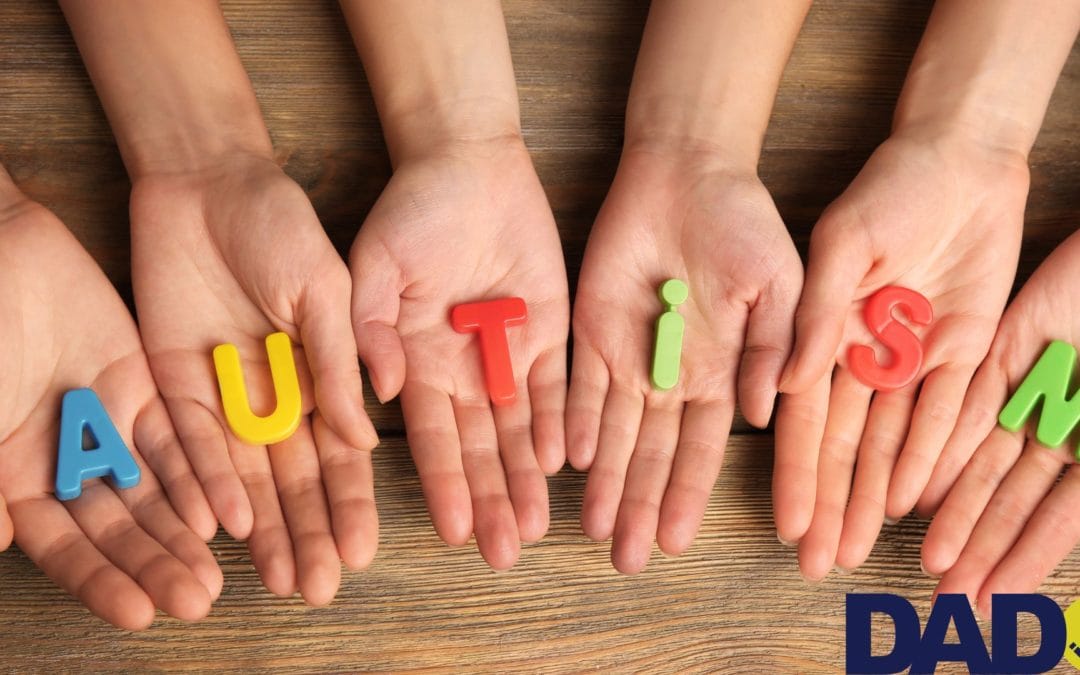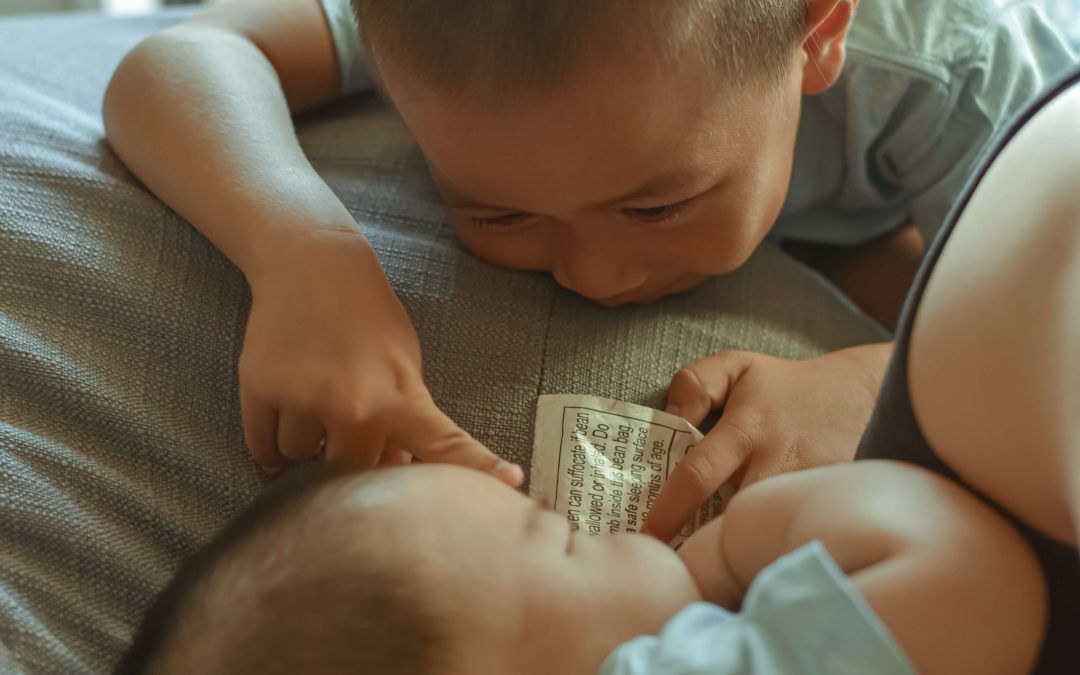
It can be tricky to know how to help children with anxiety problems- as parents it’s difficult to know what to say or do for the best. However, there are a number of tools that you can guide your child to use to fell better, and draw upon to regulate their emotions whenever they need to.
How to help your child manage their anxiety
Many children and teens aren’t yet able to clearly understand their feelings and cope with anxiety. Here are some great ways parents can help:
Recognise feelings and emotions
When talking together about how they feel, point out and suggest what they may be feeling. For example, you could say ‘I can see that’s making you angry’, or ‘It sounds like your friend is making you feel sad’. This helps to put a name to what your child is feeling. For younger children, you could make a wall poster of different emotions with emojis drawn next to them- anger could be a red faced emoji, and excited could be a wide-eyed grinning face. This can give children a reference point for understanding their emotions. They might also wish to draw a picture of how they feel as well.
Listening is key
When your child is expressing what they feel, make sure you are undistracted and giving them your full attention. It can be tempting to dismiss their feelings or minimise them in a bid to make their pain disappear, but actually validating their pain helps more. Remind them that you are always available to talk to if they want to chat more about their problems.
Writing it down
Writing in a journal is a way for kids to find some relief from their feelings- getting their frustrations out on the page can feel like an unburdening. If that feels to personal or difficult, writing a poem or a short story can also help them process their feelings.
How do emotions feel in the body?
Discuss with kids about how different feelings show up in the body. Frustration might cause clenched fists, or example, and worry might be felt in the chest or tummy. This creates an awareness of what they’re going through and helps them be more mindful of it.
List what they’re grateful for
Noting what we are grateful for can help cut through the clouds of feeling distressed and promote calm. Encourage children to list 3 or 4 things they are grateful about every day. It might be nice for the family to do this at dinner time together. This practice promotes happiness, too.
Encourage overcoming what kids are anxious about
If we always give in to anxiety, it can rule us. Therefore, encourage your child to take part in whatever is making them anxious, even if they’re feeling nervous. Confidence can be gained from overcoming hurdles in life- it’s great for boosting resilience too.
Find ways to self-soothe
It’s vital for children to know how to regulate their emotions and calm themselves down when necessary. Putting together a kit of items that promote peace and calm can help. We suggest using an empty shoebox and filling it with things that make your child feel good. They might want to include something that smells nice, or some stress balls/ fidget toys. Reminders of happy times are also helpful. The contents of the box can then be used whenever your child feels distressed or anxious.
Want to talk to other parents about parenting? Come and join our forum.
Feeling stressed? Check out our resources or try this calming breathing video.








